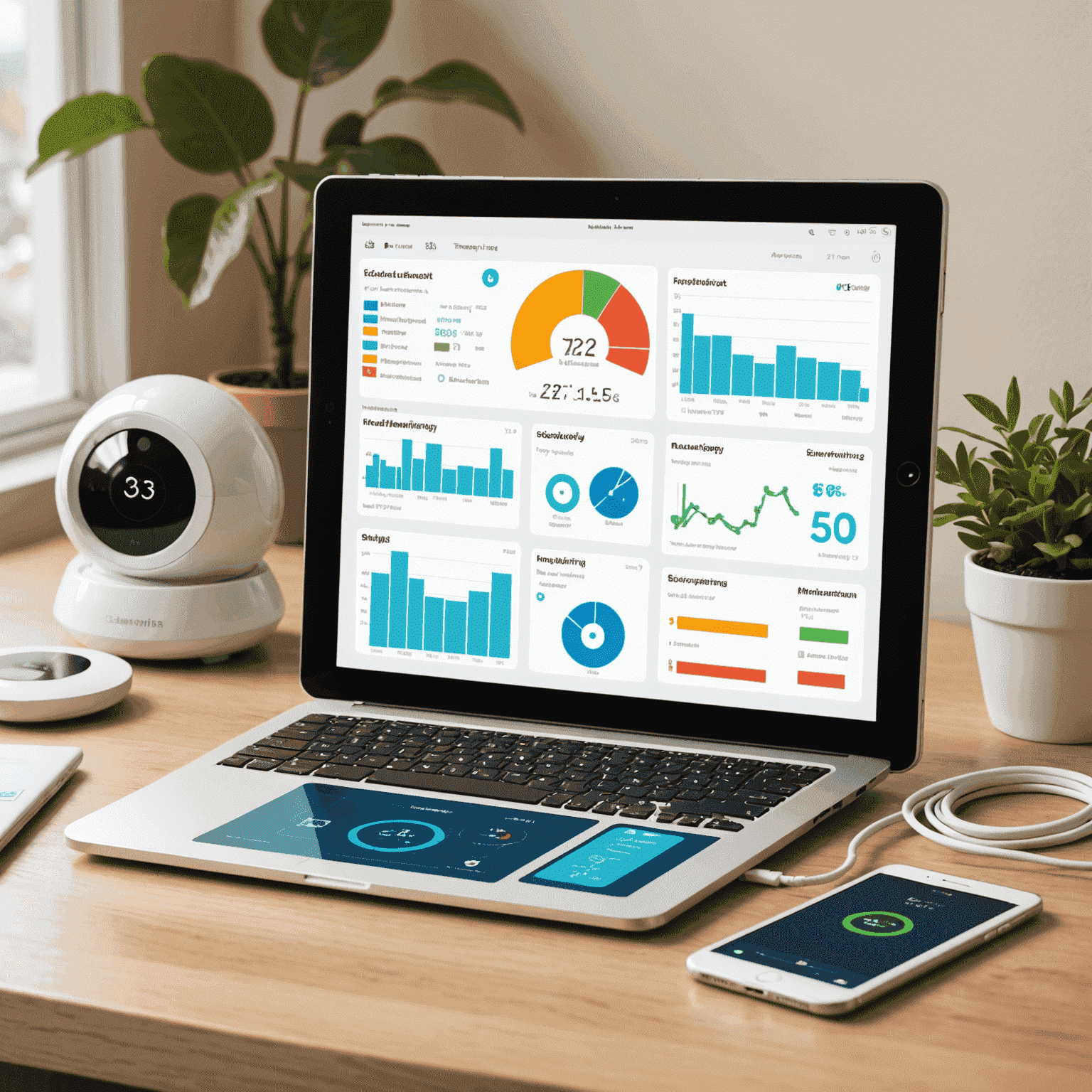DIY Energy Monitoring Tips

Setting up your own energy monitoring system can be a game-changer for homeowners looking to take control of their energy consumption and save money. Here are some practical tips to get you started on your DIY energy monitoring journey.
1. Choose the Right Equipment
Start with a basic energy monitor that can track your overall home energy usage. Look for devices that offer real-time data and can connect to your home's Wi-Fi for easy access to information. Some popular options include:
- Smart energy meters
- Clamp-on current sensors
- Smart plugs for individual appliance monitoring
2. Install Your Monitoring System
Most DIY energy monitors can be installed without professional help. However, always prioritize safety:
- Turn off the main power before installation
- Follow the manufacturer's instructions carefully
- If unsure, consult a licensed electrician
3. Set Up Your Dashboard
Most energy monitoring systems come with a smartphone app or web interface. Take time to customize your dashboard:
- Set up alerts for unusual energy spikes
- Create energy usage goals
- Configure daily, weekly, and monthly reports
4. Analyze Your Data
Regular analysis of your energy data can reveal valuable insights:
- Identify energy-hungry appliances
- Spot patterns in your energy usage
- Understand how your habits affect energy consumption
5. Integrate with Smart Home Devices
Enhance your energy monitoring system by integrating it with other smart home devices:
- Smart thermostats for optimized heating and cooling
- Smart lights that adjust based on energy usage patterns
- Automated switches to turn off standby power
6. Maintain Your System
To ensure accurate monitoring over time:
- Regularly check for software updates
- Verify sensor connections periodically
- Replace batteries in wireless devices as needed
By implementing these DIY energy monitoring tips, you're taking a significant step towards smarter energy management in your home. Not only will you gain valuable insights into your energy usage, but you'll also be empowered to make informed decisions that can lead to substantial energy savings and a reduced carbon footprint.